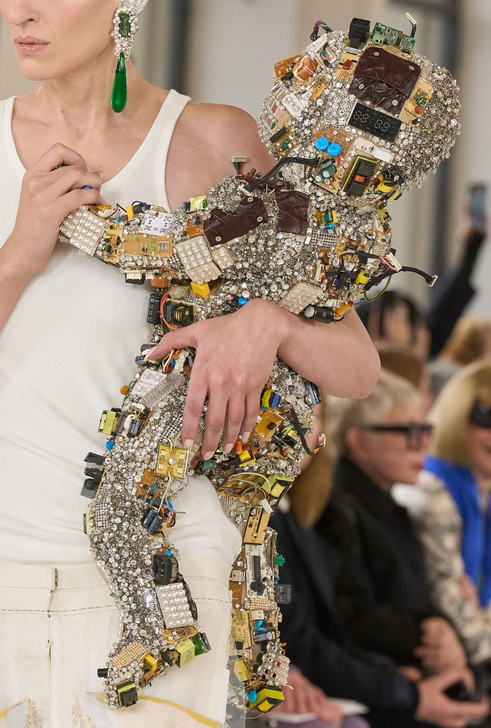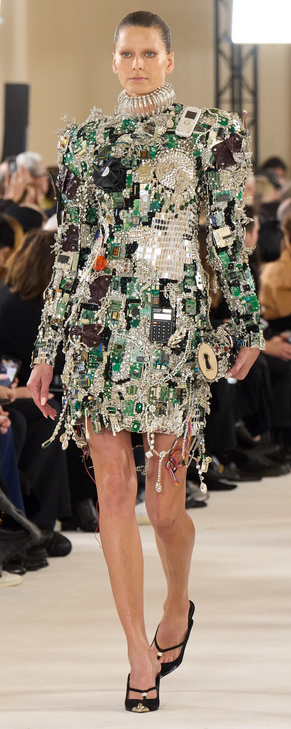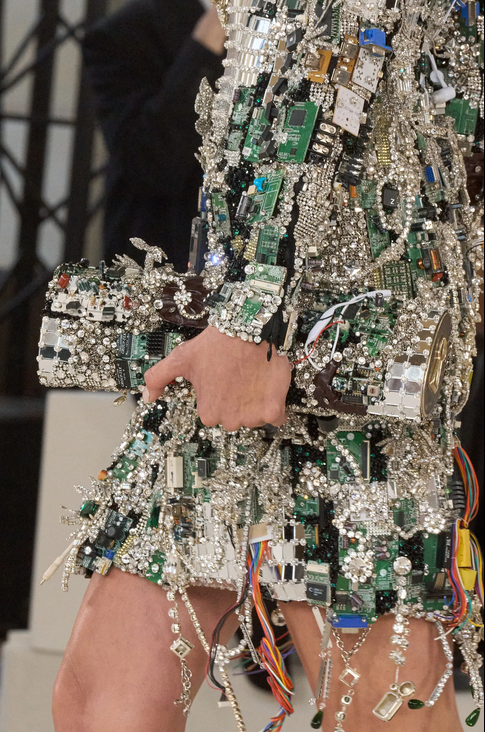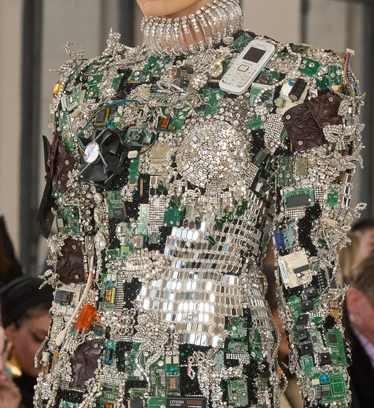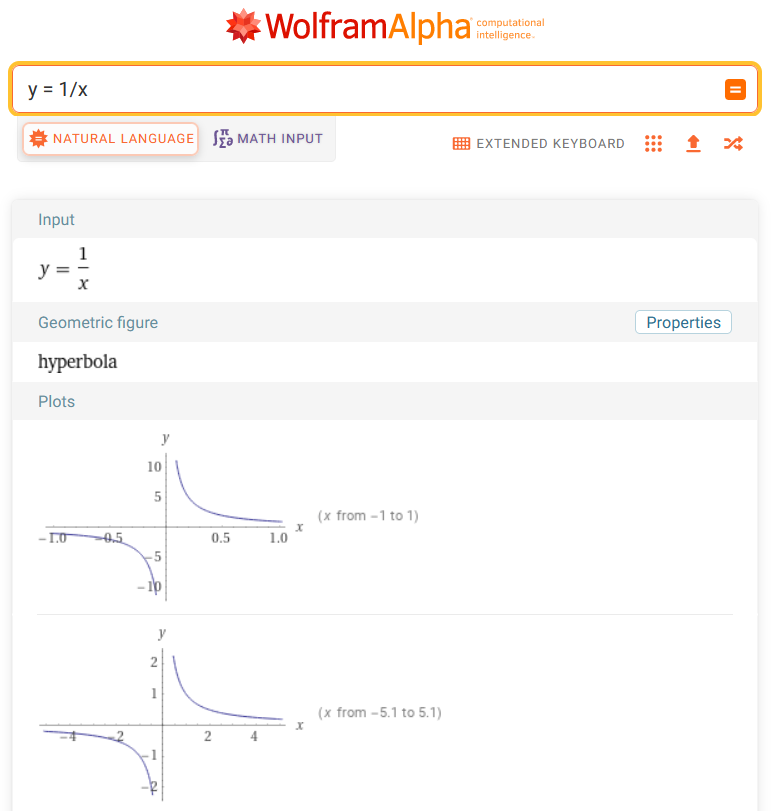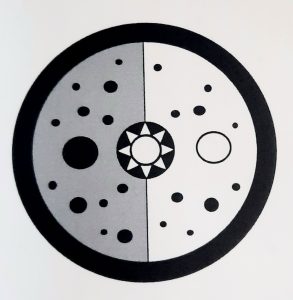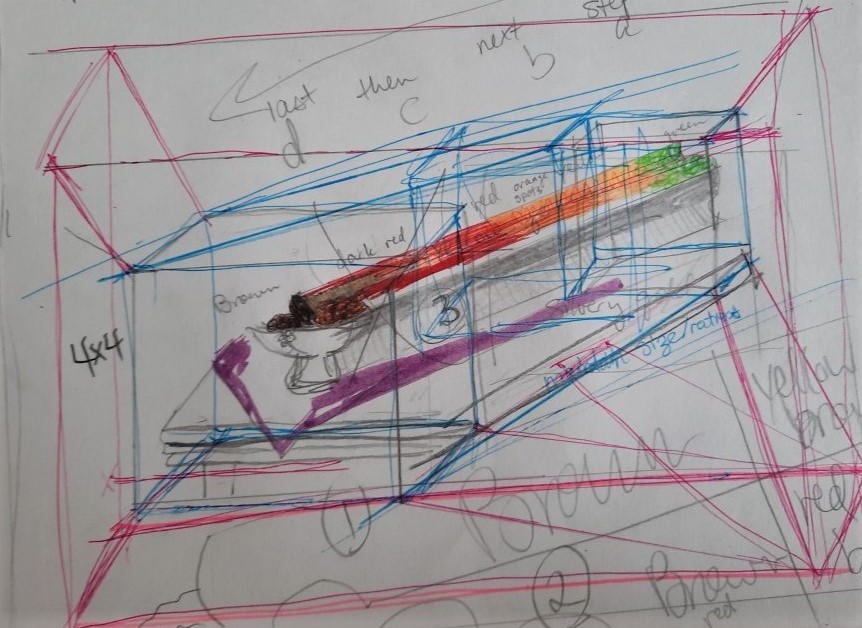It’s hard to believe the Summer Solstice is this Saturday. Time just seems to fly by lately; both months and days disappear as quickly as they come.
Anyway, a long chapter of my life has finally come to a close. Last Thursday, I graduated with a doctoral degree at the University of Guelph. It’s official, and I am so relieved. It’s done and I am free. For the past ten years, I have been working toward this moment, and now I begin a new chapter of my life. In addition to relief, I feel worried about the future, as many grads probably do. What now? How do I use this degree to better my life? Why did I even do this?
I apologize for such a quiet start to the year, as I haven’t written very much at all. I can tell you specific reasons for why this is though; not as an excuse but an explanation. The line is thin, I know that. Still, my job has taken the majority of my energy lately, with the rest of it going into my relationships. January was inventory, and February was the beginning of our store’s renovations. Throughout, I have been working on my thesis and making the necessary changes. By the end of March, we had a draft ready for final comments and changes before entering the defence phase of the degree. I had a bit of a break from school as various people read my thesis and so I focused my attention on work and improving the store. That said, once a date for the defence was set, I began preparing for it on my off time. On April 25th, I had verbal confirmation that I had passed and was set to graduate, but the finish line still needed crossing. The decision was “Satisfactory with Major Changes” and my Supervisor was going on vacation in a week and a half. So for the next five days, I made those changes and ensured my thesis was ready for publication. You can read it here.
Graduation was June 12th and the convocation ceremony was very nice. I spent the day with my parents and partner, and we had a grand old time. My Grandfather was a Dr. Graham, and now I can proudly say I join him in this group of people. Cheers y’all.
So what now? I have no idea. The store still needs a lot of work, and that’s all I can think about these days. I have Spinoza’s Ethics on the go at the moment, but there are days when I just want to stare into the void instead. I really want to start Kant’s Critique of Pure Reason as well, but that’s not a book I will read on the bus to work. Instead, I need to focus my energy on writing so my blog doesn’t completely atrophy. That post on a quantum theory of consciousness still bothers me, and it is coming, but once I get home from a day of work, all I want to do is play Free Cell on my phone and listen to YouTube videos. The original inspiration for that post feels so far away, but I will return to it.
All I can do now is write. Things that I have wanted to write about for the past five or six years. Consciousness and esoteric stuff. Ideas that empiricists dismiss without consideration. Why? Because I can, and because I know life is more complicated than They want you to contemplate. I want to write on the problem of free will, because now that the problem of consciousness has been “solved,” I need something else to think about as I wait for the bus.
There is also much to say about AI, especially as LLMs and robots continue to improve. In its current, computerized form, AI cannot become conscious because it does not experience anything. There is no reason to worry about machine consciousness at the moment, and instead, we should be worrying about the people who own them. Consciousness arises from direct experience, and when it comes to machines, Pentti’s robot is the only one that truly experiences the world. The reason why is because its cognitive architecture has been designed as an integrated whole, built for the sake of the agent, not for specific outcomes or behaviours.
Thank you to everyone who helped me get to this moment. Your ideas, wisdom, support, and companionship will always be greatly appreciated. Stay tuned for more on consciousness and AI, because not only am I an “expert” but I have a lot to say. 😉


